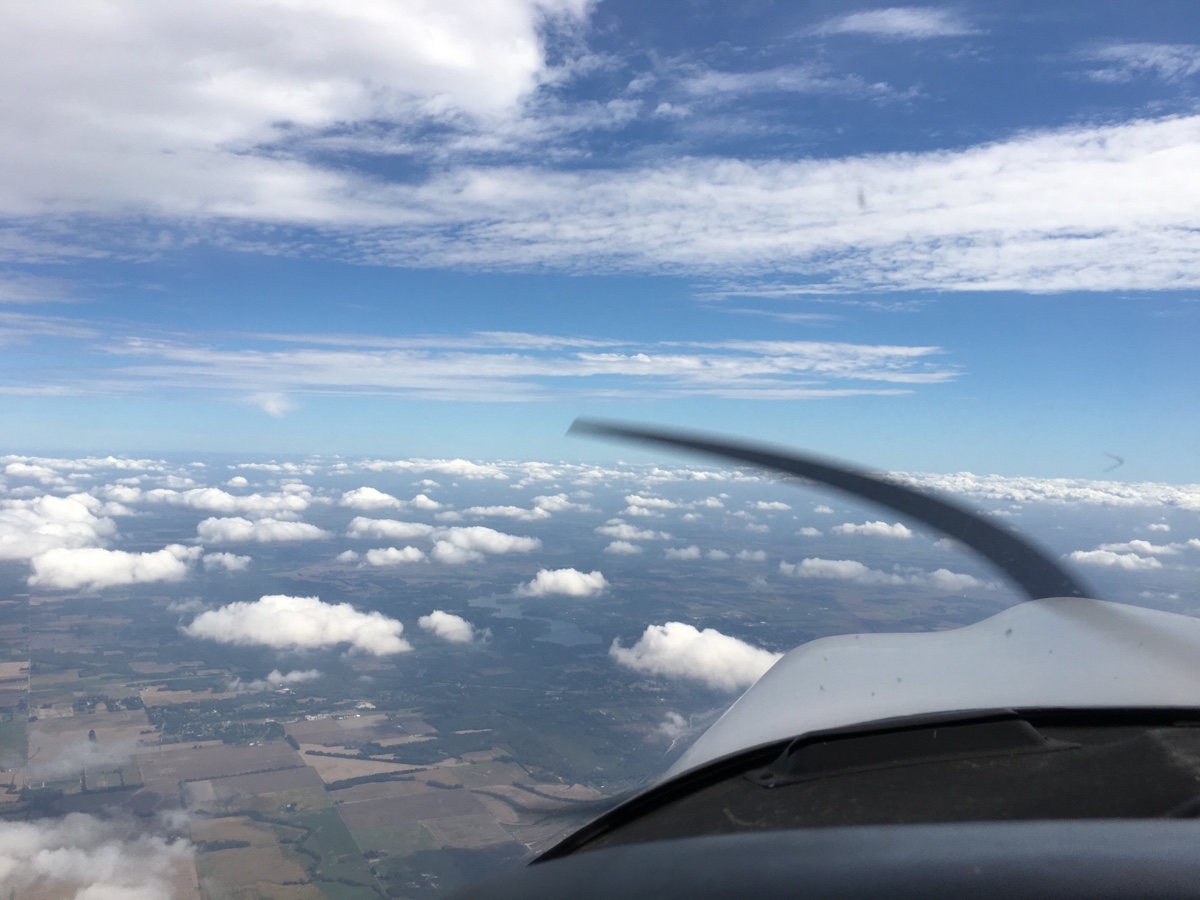- Joined
- Jul 3, 2012
- Messages
- 15,257
- Display Name
Display name:
Velocity173
There's not enough information in the scenario to develope an educated guess on go / no go as well. Even though the example is a VFR pilot, no clue about their experience. Plenty of VFR pilots flying in Alaska with enormous amounts of experience in safely navigating above and below clouds.
I suppose you could look at it in the most simple matter in that if you're a VFR pilot and you feel uncomfortable with clouds below you, then by all means, don't go high. I won't call you chicken either. My first flights over the top were a bit uncomfortable as well but over time in both civ and mil flying you develope experience on what's acceptable and what isn't. I've had some pretty incredible experiences while on top...sorry, over the top.
I suppose you could look at it in the most simple matter in that if you're a VFR pilot and you feel uncomfortable with clouds below you, then by all means, don't go high. I won't call you chicken either. My first flights over the top were a bit uncomfortable as well but over time in both civ and mil flying you develope experience on what's acceptable and what isn't. I've had some pretty incredible experiences while on top...sorry, over the top.



